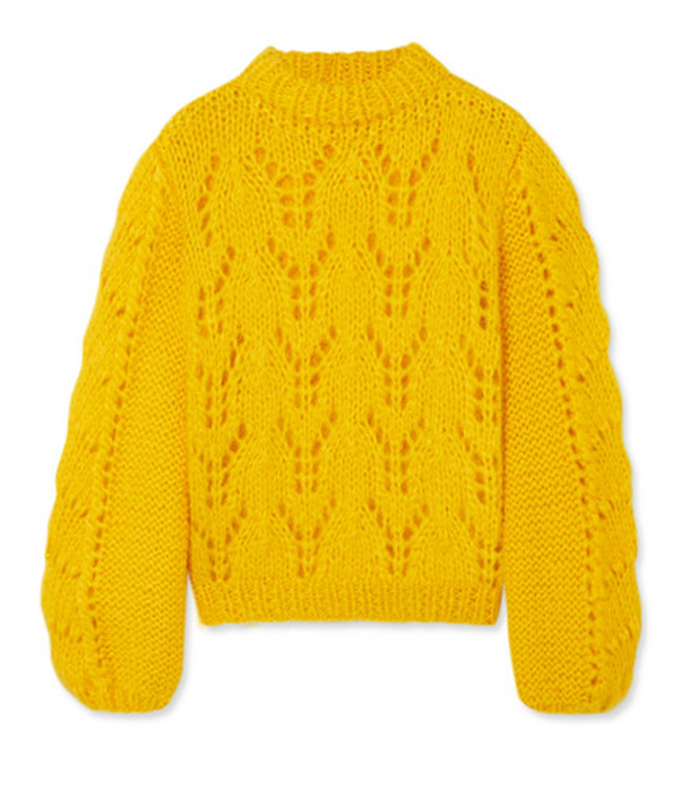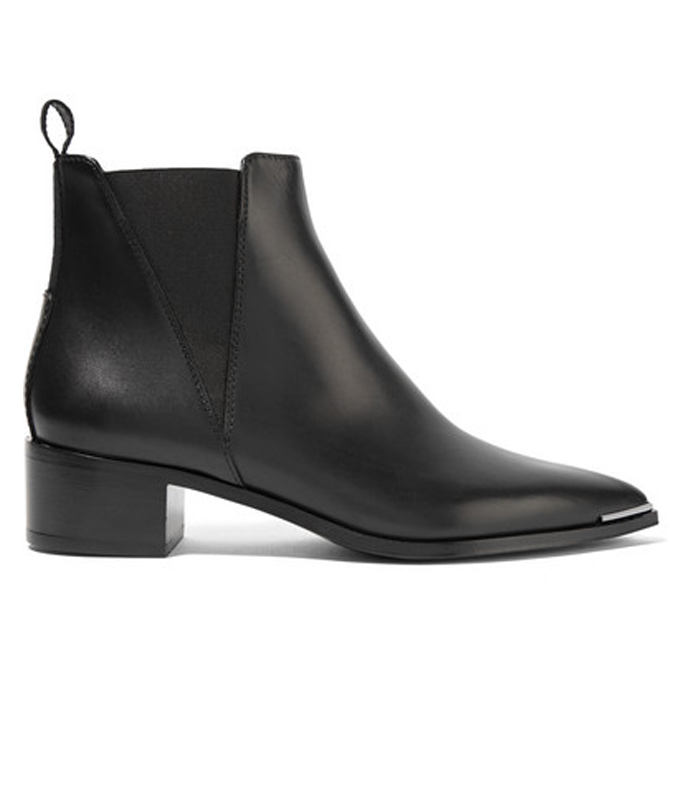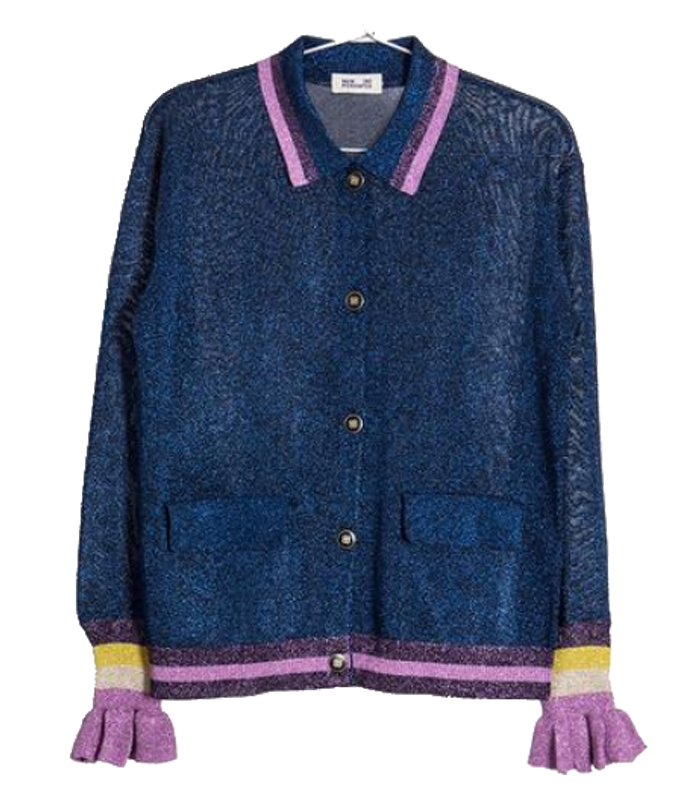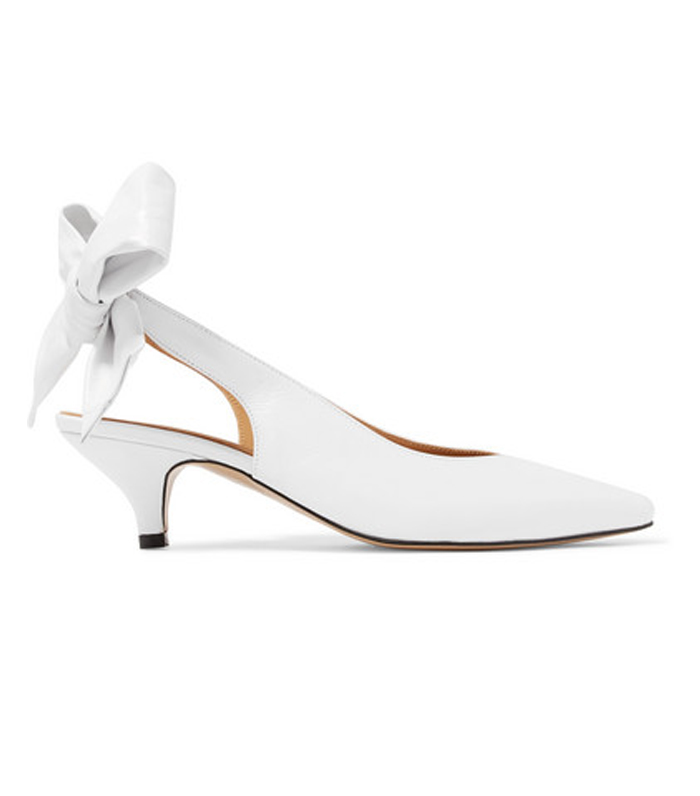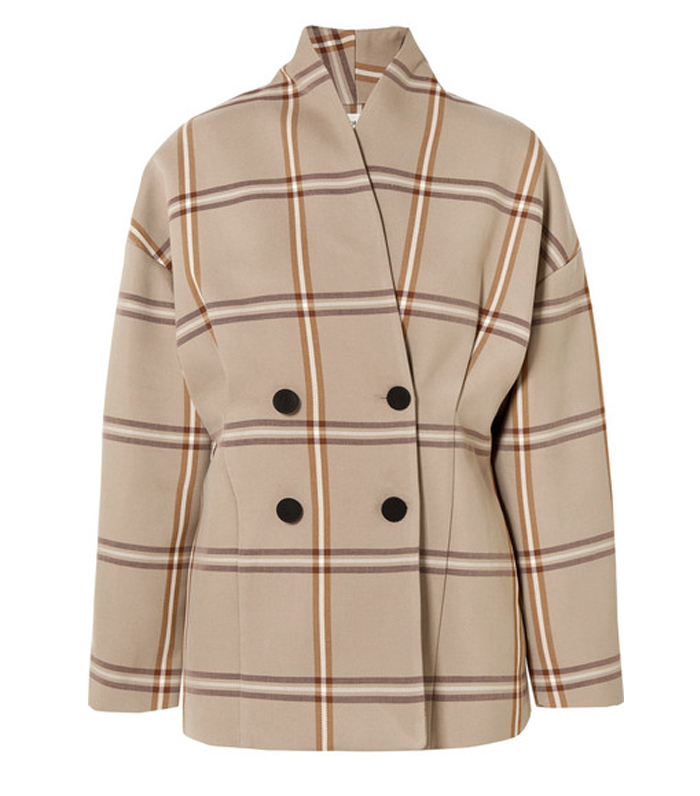The Geography of Fashion: Why Scandi Fashion Is Becoming More and More Alluring

If you put the word "Scandi' in front of something, whether that's a table lamp, a cardigan or a simple bread board, it instantly becomes chicer. A night in on the sofa sounds infinitely better when it's relabelled as hygge, and we'd take a smørrebrød over a sandwich any day. But why does our desire to dress (and eat, and sleep, and re-decorate) like a Scandinavian never seem to dwindle?
"I think people are fascinated with Scandi style because for so long it has been so isolated," says Rebecca Thandi Norman, an American based in Copenhagen who co-founded the lifestyle website Scandinavia Standard. "A window opened and people are trying to peak their heads in." The Killing and IKEA might have been windows, but Instagram has been a portal directly into the most stylish homes—and wardrobes—in Copenhagen, Stockholm and more.
"I think the interest came along with social media," says Jeanette Friis Madsen, fashion editor of Costume in Denmark. "Elin Kling was definitely the first mover on this with her blog and moving to New York to build up her name." According to Launchmetrics, the company that monitors the impact of influencers, over the past six months there were 148,738 images posted with #scandinavianstyle on Instagram, which amassed an engagement (technical talk for likes and comments) of almost 29 million.
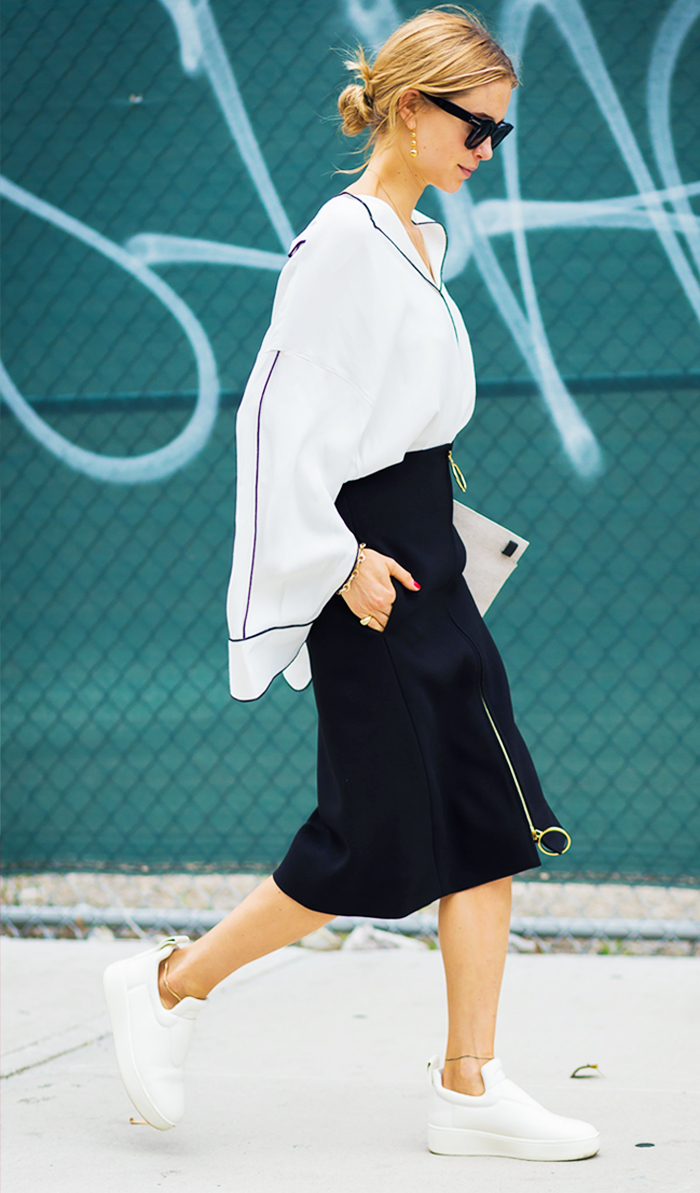
Related: The Brands Fighting to Make Your Clothes Brighter, Better and More Affordable
"In the last few years with Instagram being the place to be seen, the girls had an urge to stand out from the majority, to show their personal style and not to blend in and be true to their aesthetic," adds Madsen. If you type Scandi street style into Google images you are largely met by oversized white shirts, long-line blazers and black skinny jeans, but the Scandinavian aesthetic is so much more than minimalist basics. And part of the problem with this stereotype is that it ignores the many differences you see in design across the area.
"It's funny how people always see Scandinavia as one 'country' with one style," she continues. "I wouldn't compare Sweden, Norway and Copenhagen at all. At one point in Copenhagen, we definitely dressed more like the Swedes, but I think the boundaries have moved a lot. In Stockholm you see a much more minimalistic vibe, more classic and black, white and grey. In Oslo, they are much more feminine, and in Copenhagen we are more playful, street-led and all up for mixing."
Generalising style according to geography can of course be reductive, especially now Instagram is making trends more and more global. "What has happened more recently with Danish and Swedish markets is they have opened up globally, so you have influence from everywhere," argues Norman. "It's very hard to actually put a finger on what Scandinavian style is, as with French style, because people wear everything, so it's becoming more and more difficult to isolate markets in that way."
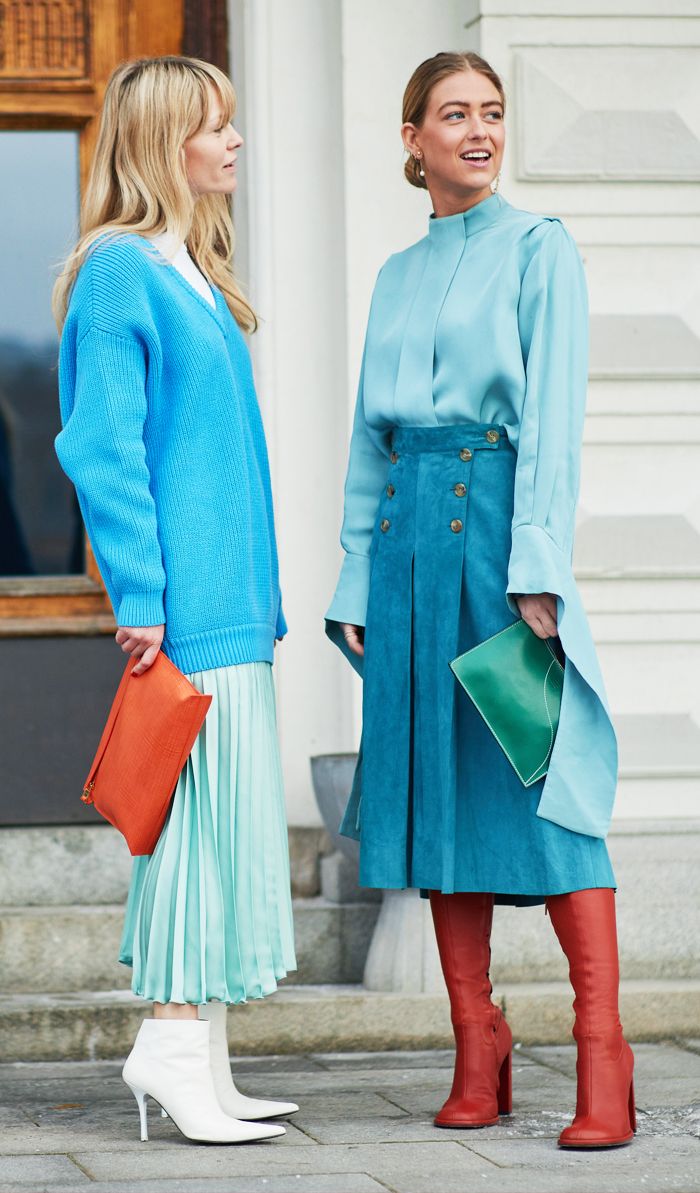
Related: Summer 2018 Fashion Trends: The Only Looks You Need to Know
Discovering the nuances in Scandinavian style—and the women who challenge the minimalist stereotype like Emili Sindlev and Jeanette Madsen—only makes it more alluring. Danish brand Ganni has built a cult following with its vibrant prints and colours, and creative director Ditte Reffstrup explained that she wanted to widen the idea of how Scandinavians dress: "I would describe Ganni as a very Scandinavian or very Copenhagen-ish brand—a very effortless, laid-back, cool style. People often have a picture of Scandinavian style as either very premium or very androgynous, and that was actually why I wanted to do Ganni because I thought that something was missing in Copenhagen. I could not recognise myself in those two descriptions."
Ganni slogan T-shirts and Stine Goya's vibrant prints now represent Scandinavian style just as much as Acne Jensen boots and a By Malene Birger silk blouse. But one thing that by and large remains constant in Scandinavian fashion houses is a simplistic, casual approach to styling. "We don't overdress," explains Madsen. "We are very good at mixing high-street clothing with designer brands, which gives a personal touch to an outfit. We work with less key items, meaning if we dress simply, we will have maybe one pair of shoes or a bag that stands out. The total look is just more casual, and it's easy for people to copy and to see themselves in it."
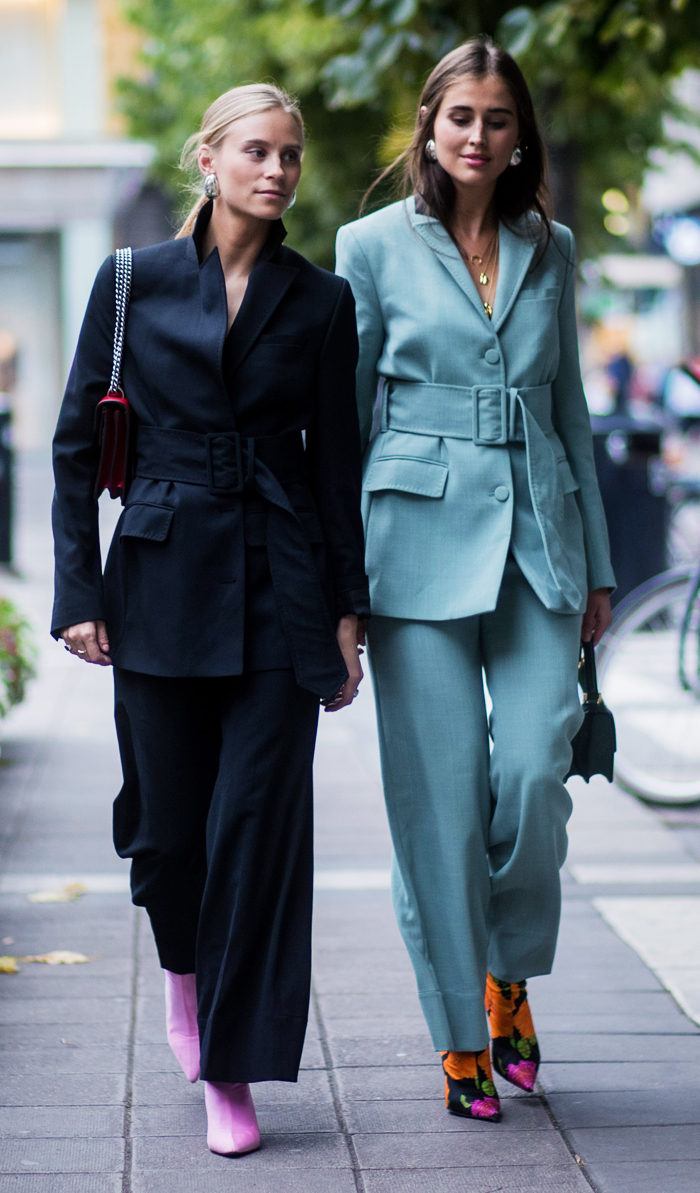
Lisa Aiken, Net-a-Porter's fashion director, notes that e-commerce sites are having to have a more global view—buyers no longer just focus on New York, London, Milan and Paris, as fashion weeks in Copenhagen, Stockholm, Seoul, Sydney and Tbilisi are becoming incredibly important. "We are seeing a growing interest in brands outside of the traditional fashion capitals, including Scandinavia, as our woman is always looking for new ideas," explains Aiken. "Brands that exist outside of the traditional fashion eco-system are, in many ways, offering a new point of view. They are influenced by different elements, their customers in their own regions may style things very differently and that originality shows through."
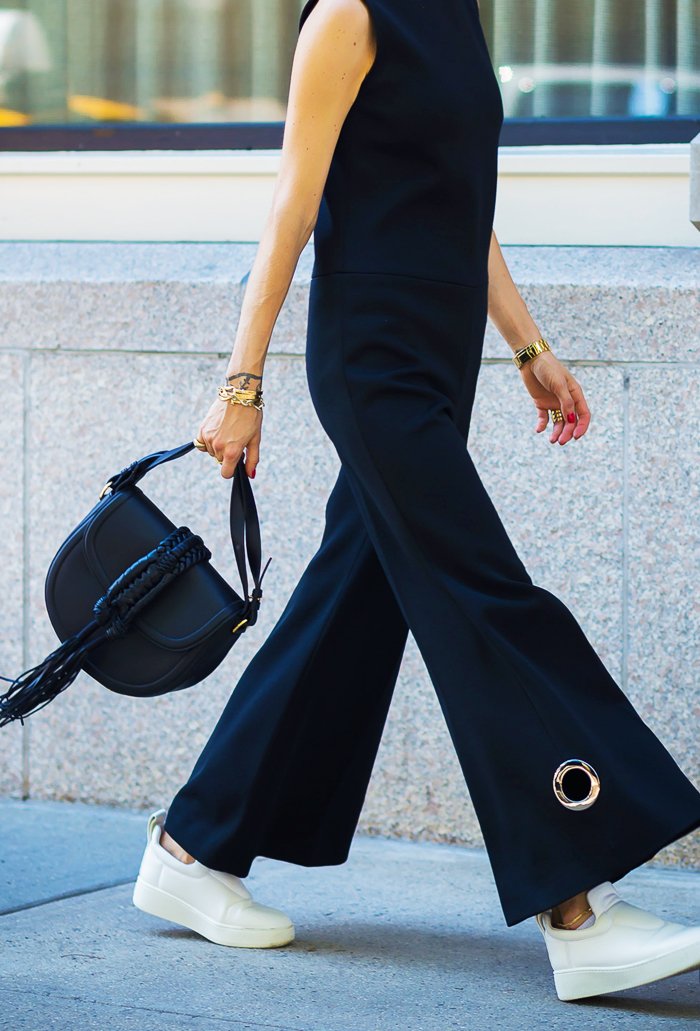
Scandinavian brands are constantly gaining more international recognition as Aiken explains: "Acne has been a favourite for over a decade now, however it’s only really been in the last two years that smaller brands and the fashion weeks based in Copenhagen and Stockholm have grabbed international attention."
Copenhagen-based designer Stine Goya agrees that international press have started taking these cities more seriously over the past two years. And this translates when you dive into the stats. Norman notes that the biggest readership of The Scandinavia Standard is in Denmark, the U.S. and the UK, and Launchmetrics notes that Instagram users in London are more engaged with Ganni's posts than those in Stockholm, Aarhus or Oslo, for example.
Shop Key Scandinavian Labels
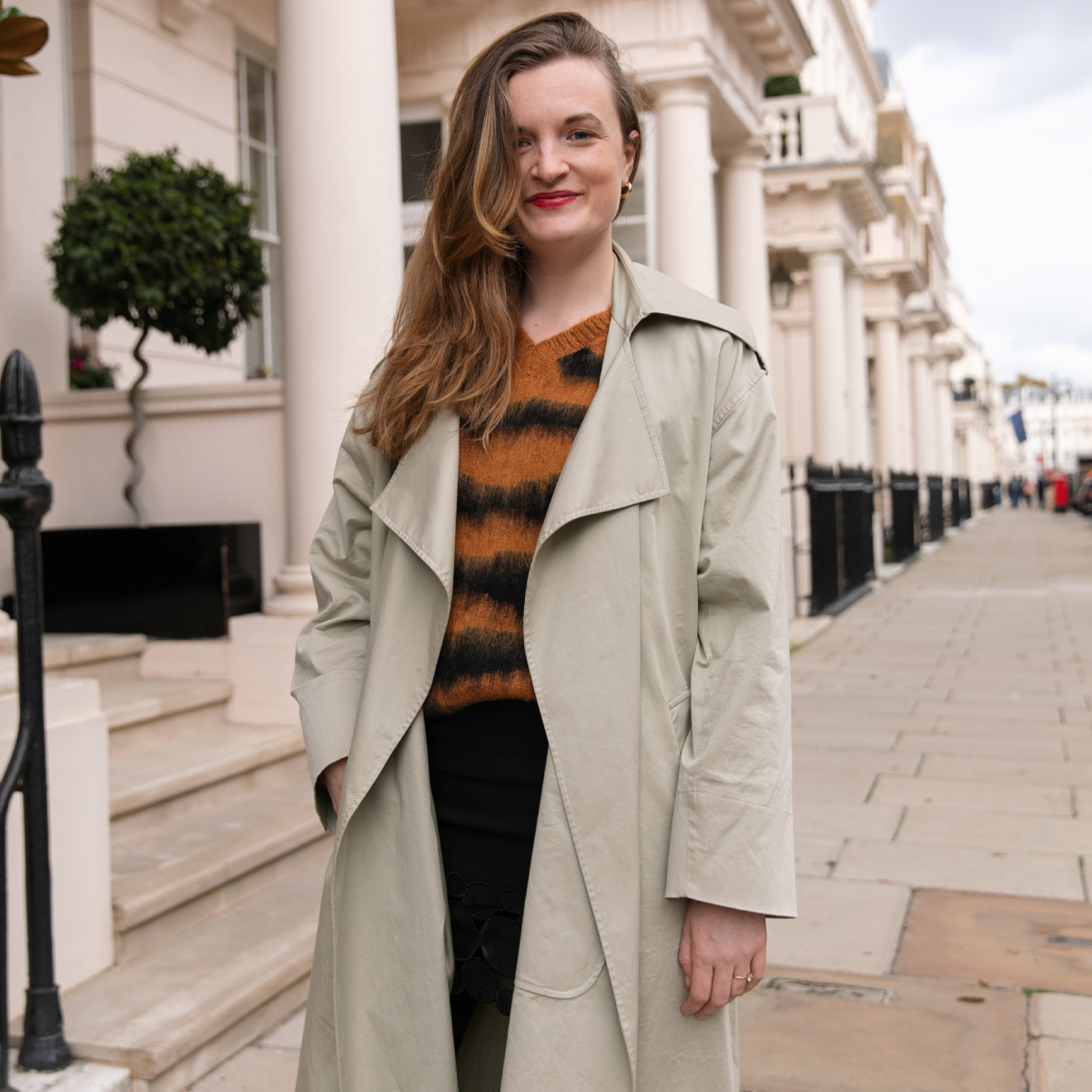
Emma is a freelance fashion editor with over 15 years experience in industry, having worked at The Telegraph, Grazia and, most recently, British Vogue. Emma was part of the founding team of Who What Wear UK, where she worked for six years as Deputy Editor and then Editor—helping shape the team into what it is today is one of the biggest privileges of her career and she will always see herself as aBest Knockoff Luxury Clothing girl, contributing to both the US and UK sites. Whether she's writing about runway trends or spotlighting emerging brands, she aims to write about fashion in a way that is democratic and doesn't promote over consumption.
